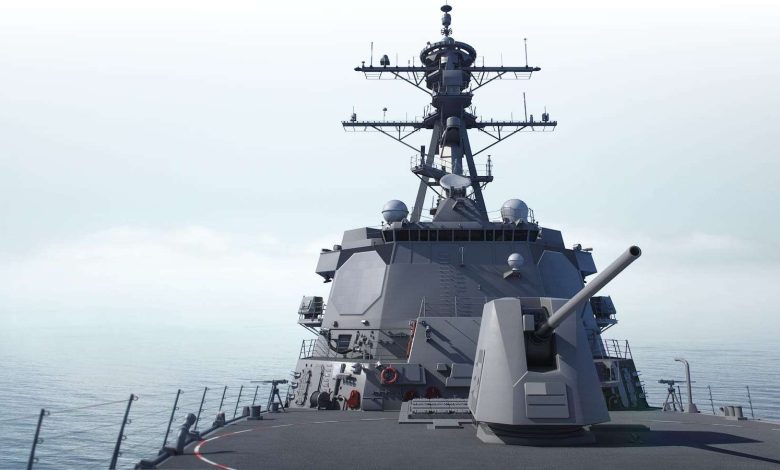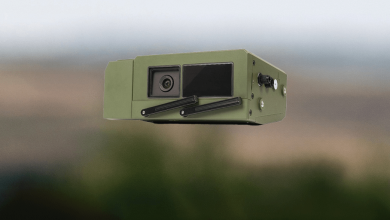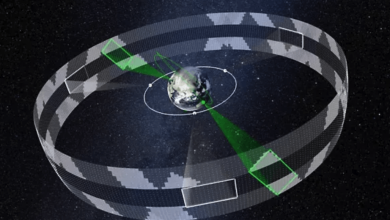
SPY-6: The In-Demand Radar Revolutionizing Defense Technology
The U.S. Navy is deploying the sophisticated AN/SPY-6 naval radar across 29 newly constructed vessels, and it is now set to implement this state-of-the-art system onto existing ships, commencing with a $619 million contract awarded to Raytheon Missiles & Defense, a division of Raytheon Technologies.
The SPY-6 radar boasts significantly heightened sensitivity compared to its four-decade-old predecessor. Its superior detection features and enhanced accuracy allow sailors to identify and monitor adversarial missiles and aircraft simultaneously, more rapidly and over extended ranges.
“SPY-6 represents a groundbreaking advancement in radar technology, equipping sailors with enhanced situational awareness, strengthened ballistic missile defense, minimized maintenance, reduced downtime, and improved range,” stated Mike Mills, senior program director of Naval Radars at Raytheon Missiles & Defense. “It’s engineered to ensure the safety of sailors while ensuring mission success.”
With this contract, Raytheon Missiles & Defense will incorporate the SPY-6(V)4 radar onto the initial Flight IIA guided missile destroyers in 2026, signifying the inaugural installation of this variant on a naval vessel. This latest enhancement is the second option exercised from a hardware, production, and sustainment contract worth up to $3.16 billion over five years.
The SPY-6 radar comprises numerous smaller units known as Radar Modular Assemblies—2x2x2 boxes that can be customized to fit any ship and adapt to virtually any mission. It can incorporate as few as four RMAs or as many as 57, making it deployable on smaller vessels like frigates and unmanned crafts, as well as on larger ships like the upcoming advanced destroyers.
“With decades of expertise as a mission and systems integrator of defense solutions, we are poised to satisfy diverse size requirements and missions for the U.S. and its allies,” Mills emphasized. “Our scalability reduces production expenses because we aren’t creating new configurations for every ship or variant.”
SPY-6(V)1
Four iterations of the SPY-6 radar will outfit seven classes of vessels in the Navy’s future fleet, starting with SPY-6(V)1. The SPY-6(V)1 radar is integrated onto the Navy’s latest vessel, a Flight III guided missile destroyer, the USS Jack H. Lucas (DDG 125). The ship has recently made two voyages, and the radar successfully completed initial at-sea evaluations on the destroyer, with the most recent occurring in March 2023 and the first in December 2022. This variant features four array faces, each equipped with 37 RMAs, providing continuous, 360-degree situational awareness. “All four faces are functioning at full capacity and executing flawlessly,” Mills commented. “It truly underscores the efforts we’ve invested over the past seven to eight years to establish ourselves as the manufacturer of the SPY-6 radar family for the Navy.”
SPY-6(V)2 and SPY-6(V)3
The SPY-6(V)2 rotating radar and the SPY-6(V)3 fixed-face radar—collectively referred to as EASR, or Enterprise Air Surveillance Radar—has now been installed on the Navy’s new amphibious assault ship, the USS Richard M. McCool (LPD-29). Sea trials are set to commence in 2023. The SPY-6(V)3, featuring nine RMAs arranged in three fixed-face configurations, is installed on the Navy’s debut aircraft carrier, the USS John F. Kennedy (CVN-79). Testing is scheduled to begin in late 2023, followed by several sea trials in 2024. “We’re on the brink of these ships being mission-ready as opposed to in a test program,” Mills remarked. Raytheon Missiles & Defense has invested over $500 million in infrastructure and capacity enhancements for the SPY-6, including cutting-edge automation technology at its 30,000 square-foot Radar Development Facility.
“We’re experiencing a surge in production,” Mills shared. “We’re eager to begin delivering this capability not just domestically but also internationally.” The enterprise has expanded to three testing sites and will collaborate with five different shipyards by 2025. “We’re working harmoniously as a unified team—the Navy, the shipbuilders, Raytheon Missiles & Defense,” Mills explained. “No one cares about the badge you wear when you enter these rooms. Everyone is determined to deliver this technology to the warfighter as swiftly as possible.” The business aims to enhance its workforce to meet growing customer demands in the rapidly advancing global market. “The timing is ideal for both entry-level and mid-career industry professionals to join our team,” Mills stated. “As we move out of the baby boom era, retirements have opened new avenues for advancement.” On July 1, 2023, Raytheon Technologies is also restructuring the company from four divisions to three—Collins Aerospace, Pratt & Whitney, and Raytheon—to better cater to its customers. “At times, reorganization is necessary to enhance efficiency, and these efficiencies can foster new opportunities,” Mills concluded.







